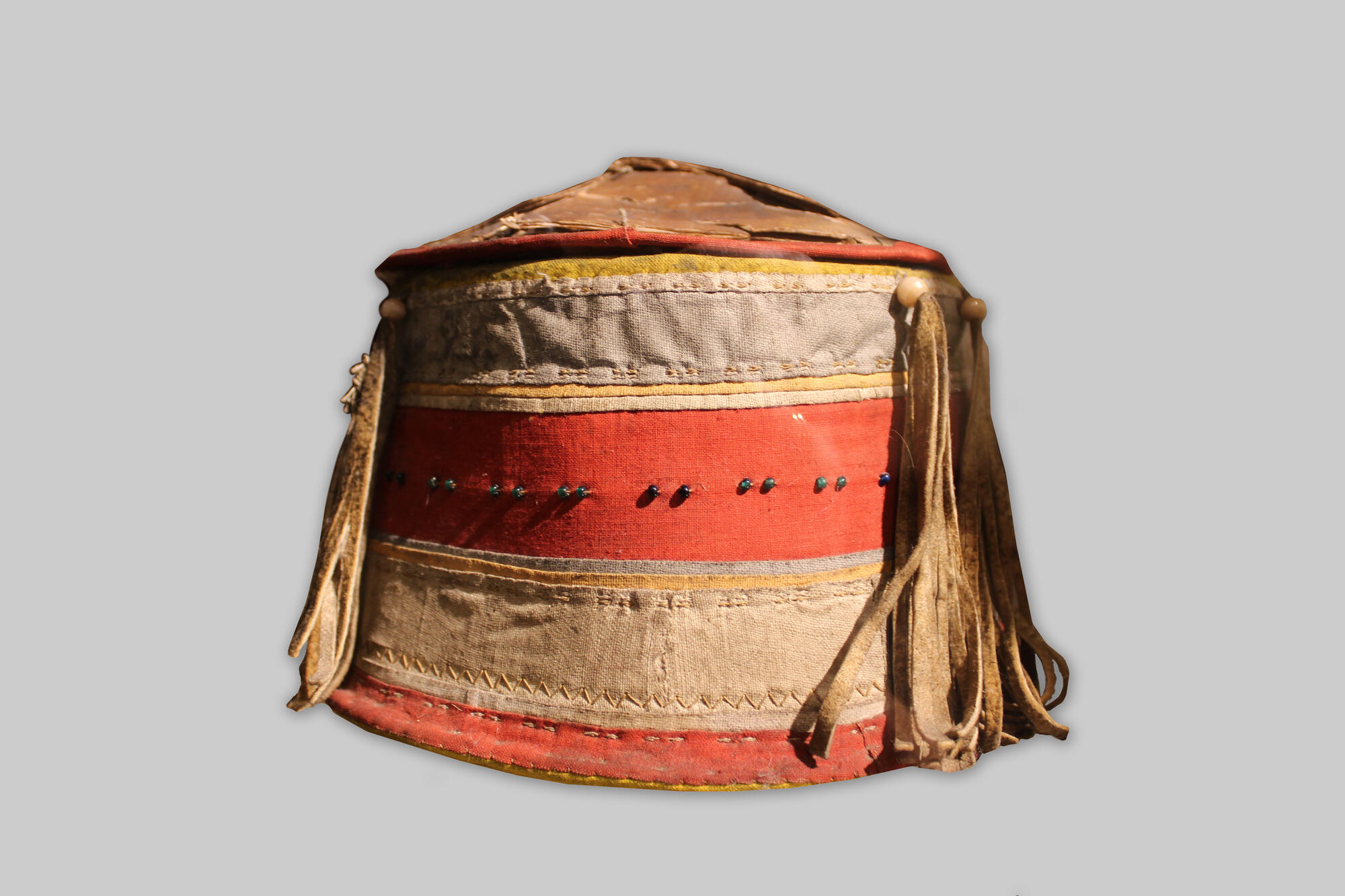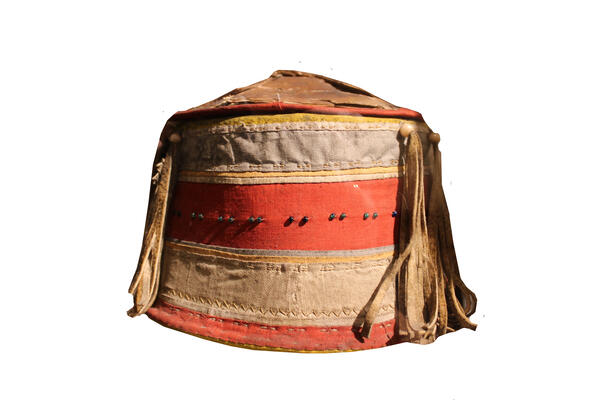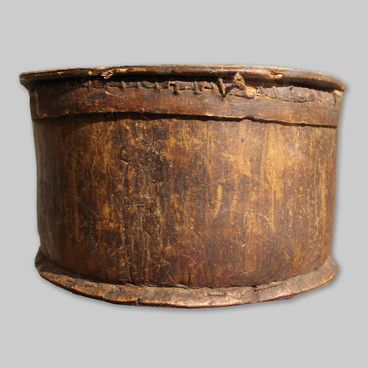Tursuk — a birch-bark pot that was used for storing various food supplies: herbs, pigweed, nuts, dried berries, flour, cereals, spices. The bread in the birch-bark bread bin remained fresh and fragrant for a very long time. Cloudberries without sugar in a birch bark tursuk can be kept at the cellar all winter. At the same time, the birch bark would not allow the product to absorb any odors. It has long been known that salt stored in tursuk will not absorb moisture, and salted mushrooms and cucumbers will not only be stored for a long time, but will also acquire a pleasant aroma.
Also with tursuk it was convenient to collect mushrooms and berries in the forest — the traditions of collecting and storing them among the people of the North developed over the centuries. The harvest of wild plants has been determined since spring. According to ancient signs, if the cuckoo arrives before the first thunder breaks out, then there will be a lot of berries in the tundra, and if later — there will be few. During the harvest, you can not take all the berries — you need to leave treats for birds and animals.
Many northerners still follow these rules today. They do not forget the old ways of preparing berries, since the northern wild plants are not only delicious, but also a healthy, rich in vitamins.
Birch — the white outer part of the birch bark, which consists of many thin layers that do not allow moisture and air to pass through. The upper layer is covered with a white coating that reflects the sun’s rays, the inner layers have a variety of colors — from golden yellow to pinkish-brown.
The device of the tursuk resembles a thermos: it has an outer and inner walls, between which there is a small air insulation layer. The inner wall must be without a single crack to hold the liquid. The task of the outer wall — to be beautiful and elegant. It was often called a shirt, and the craftswomen covered it with cloth, decorated it with beads and leather decorative elements.
The birch bark box displayed at the Museum’s exposition was used mainly for collecting berries and vegetables. Such tursuks were widespread in the Krasnoyarsk region in the 18th–20th centuries, but now they are almost completely out of use.
Also with tursuk it was convenient to collect mushrooms and berries in the forest — the traditions of collecting and storing them among the people of the North developed over the centuries. The harvest of wild plants has been determined since spring. According to ancient signs, if the cuckoo arrives before the first thunder breaks out, then there will be a lot of berries in the tundra, and if later — there will be few. During the harvest, you can not take all the berries — you need to leave treats for birds and animals.
Many northerners still follow these rules today. They do not forget the old ways of preparing berries, since the northern wild plants are not only delicious, but also a healthy, rich in vitamins.
Birch — the white outer part of the birch bark, which consists of many thin layers that do not allow moisture and air to pass through. The upper layer is covered with a white coating that reflects the sun’s rays, the inner layers have a variety of colors — from golden yellow to pinkish-brown.
The device of the tursuk resembles a thermos: it has an outer and inner walls, between which there is a small air insulation layer. The inner wall must be without a single crack to hold the liquid. The task of the outer wall — to be beautiful and elegant. It was often called a shirt, and the craftswomen covered it with cloth, decorated it with beads and leather decorative elements.
The birch bark box displayed at the Museum’s exposition was used mainly for collecting berries and vegetables. Such tursuks were widespread in the Krasnoyarsk region in the 18th–20th centuries, but now they are almost completely out of use.



